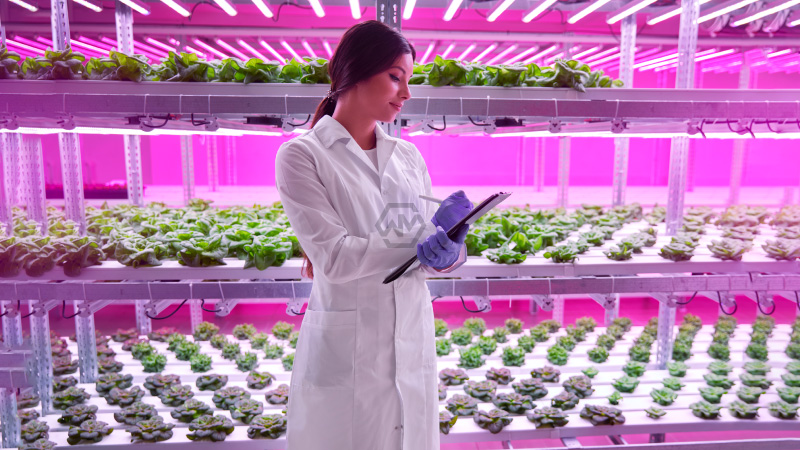- The hydroponic farming market is projected to grow at a CAGR of 12.3% from 2025 to 2032.
- Increased demand for organic produce and sustainable farming methods is driving adoption.
- High setup costs and technical expertise remain barriers to entry.
Hydroponic farming is revolutionizing agriculture by offering a sustainable, water-efficient alternative to traditional soil-based methods. This market is expected to expand significantly due to advancements in LED lighting, automation, and nutrient management systems.
While hydroponic farming presents numerous benefits, including year-round crop production and reduced pesticide use, it also faces hurdles such as initial capital investment and the need for expert knowledge.
Hydroponic Farming Market Poised for Rapid Growth by 2032
The hydroponic farming industry is witnessing a surge in demand, primarily due to urbanization, climate change, and food security concerns. As traditional farming struggles with declining arable land and unpredictable weather patterns, hydroponic systems offer a controlled environment for high-yield crop production.
Market leaders are focusing on research and development to enhance crop quality, reduce operational costs, and integrate AI-driven monitoring systems. Advanced hydroponic techniques such as nutrient film technique (NFT) and deep water culture (DWC) are gaining traction, providing scalable solutions for commercial farming.
Additionally, consumers are increasingly prioritizing pesticide-free, fresh produce, further propelling the market forward. Supermarkets and restaurants are investing in hydroponic setups to ensure a consistent supply of organic vegetables, reinforcing the industry’s long-term viability.
Despite its advantages, hydroponic farming must overcome energy consumption challenges, particularly with artificial lighting and temperature control. As renewable energy sources become more accessible, the industry is expected to address these concerns and improve overall efficiency.
Hydroponic farming represents the future of agriculture, balancing sustainability with technological innovation. As investments and government support increase, this industry is set for transformative growth, shaping a greener and more efficient food production system.
“The future of agriculture is not in the soil, but in innovation.” – Anonymous



